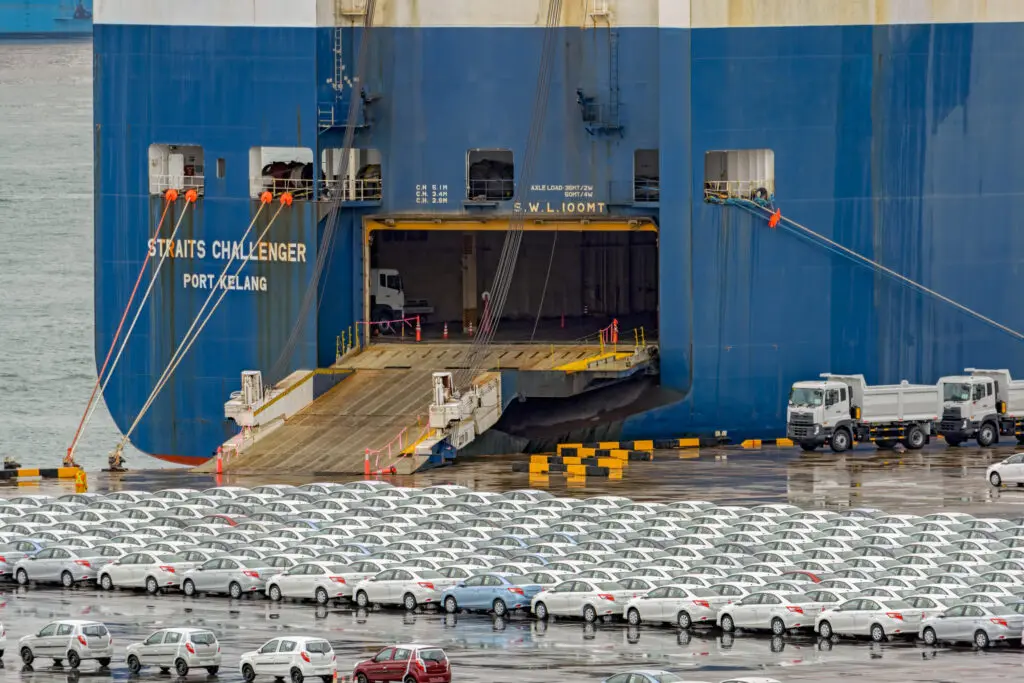Details of the EU’s proposed ELV directive came under the microscope at the recent International Automotive Recycling Congress in Antwerp.
One of the principal speakers was Jaco Huisman, a policy officer from the European Commission who set out progress on the directive since it was first proposed a year ago. He told delegates there were six key objectives:
- more circular design in production
- greater use of recycled content
- better treatment
- a wider scope to include more vehicles
- improved extended producer responsibility (EPR)
- fewer ELV vehicles ‘going missing’ through illegal exports
No reuse goals
Reuse targets had been left out because it was a market-driven area, Huisman said, making it ‘very difficult to specify what percentage of vehicles components should be reused’. Specific recycling targets for copper, glass, rubber and textiles had also been excluded. Another significant omission has been quality standards for post-shredder technology (PST).
‘In the absence of fully developed definitions of PST and treatment standards, our choice was not to use it as a main policy instrument,’ Huisman explained, adding there was a balance between what can removed from vehicles today and what could be achieved in the future with PST.
He said a ‘rebalance’ during the consultation had resulted in a greater concentration on the steel, aluminium and shredder residue fractions.
Illegal exports
Because the ELV sector is currently blighted by the loss of vehicles through illegal exports to outside the EU, specific controls will ban the export of ELVs and unroadworthy vehicles. Huisman addressed delegates’ concern about a proposed automated registration system taking four years to establish, saying the timescale was necessary to fully implement export controls.
‘This is quite far-reaching. To link all the different vehicle registration systems and move up to the single window environment for customs takes a significant time for development and testing in a proper manner to make it fully automated.
‘But once it’s there, every vehicle being exported in its vehicle declaration will have to highlight the vehicle identification number (VIN) and you will have a 100% automated check.’
The commission’s impact assessment estimates a 65% reduction in the number of vehicles exported when the regulations are in place.
Photo: Shutterstock
Don't hesitate to contact us to share your input and ideas. Subscribe to the magazine or (free) newsletter.



